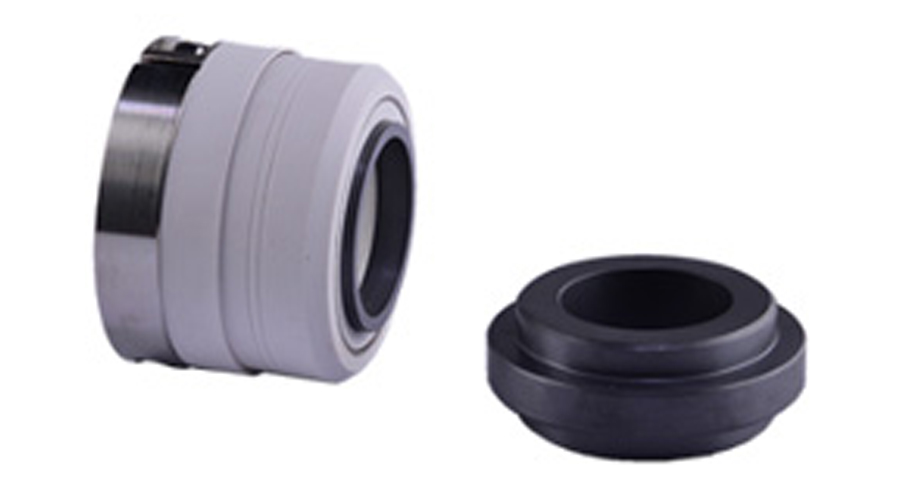Installing mechanical seals correctly is crucial for ensuring their optimal performance and longevity. Here’s a step-by-step guide on how to install mechanical seals in rotating equipment like pumps:
Cleanliness: Ensure all parts of the pump and the seal are clean before assembly. Any dirt or grit can damage the seal faces. Understanding how to install mechanical seals starts with maintaining a clean workspace.
Inspection: Examine all components for any damage or defects. Check the seal faces for scratches or chips. Proper inspection is a key step in how to install mechanical seals effectively.
Component Compatibility: Verify that the seal type and materials are suitable for the fluid, pressure, temperature, and application. Using compatible materials ensures optimal performance of the mechanical seal installation.
Disassemble the Pump: Remove the pump cover or any other components that obstruct access to the shaft where the seal will be installed.
Remove Old Seal: Carefully remove the old seal, if present, and clean the shaft and gland plate area where the new seal will be seated.
Install Shaft Sleeve (if applicable): Slide the shaft sleeve over the shaft to protect it and provide a smooth, consistent surface for the seal to operate.
Lubricate: Lightly lubricate the shaft or sleeve, and the O-ring or gasket of the new seal with a fluid that is compatible with the pump’s operation. This helps in easy installation and prevents damage during assembly.
Position the Seal: Slide the mechanical seal onto the shaft, ensuring it’s oriented correctly according to the manufacturer's instructions. Avoid touching the seal faces with your fingers.
Set the Seal: Position the seal at the correct depth on the shaft as specified by the manufacturer. This is crucial for the seal’s performance.
Secure the Seal: Depending on the design, this might involve tightening set screws or clamping mechanisms to hold the seal in place securely.
Reassemble the Pump: Reinstall any components that were removed, such as the pump cover. Ensure all bolts are tightened to the specified torque settings.
Alignment Check: Ensure that the pump and motor are properly aligned to prevent undue stress on the seal.
Testing: Once the pump is reassembled, perform a test run to check for leaks and monitor for abnormal noises or vibrations.
Always follow the manufacturer's specific instructions for the seal and pump model.
Use appropriate tools to avoid damaging the seal components.
Ensure that the seal faces are protected from contamination throughout the process.
Handle the seal faces with care; they are very delicate and can be damaged easily.
Double-check all settings and alignments during installation.
Proper installation of mechanical seals not only prevents leaks but also extends the service life of both the seal and the pump. If unsure, it’s advisable to consult with or hire a professional experienced in installing mechanical seals.

Zhaoqiang offers a wide range of high-quality seals, making it a leading provider in the mechanical seal wholesale market. Understanding the intricacies of mechanical seal installation is crucial for ensuring optimal performance. When you know how to install mechanical seals properly, you minimize the risk of premature wear and tear. Proper mechanical seal installation techniques can significantly enhance the efficiency of your pumping system. Ultimately, by learning how to install mechanical seals correctly, you invest in the longevity of your equipment and improve overall operational efficiency.